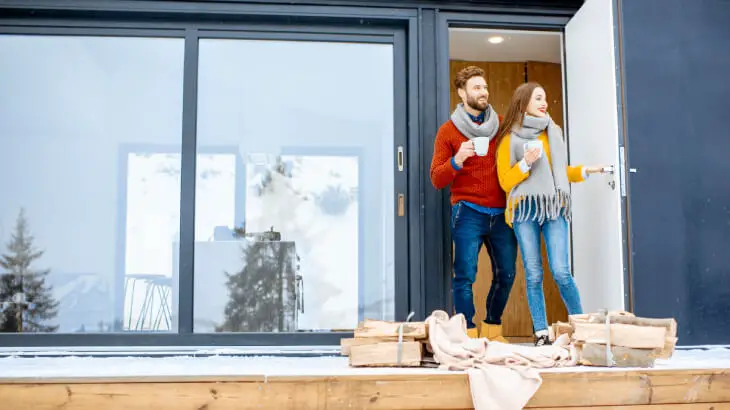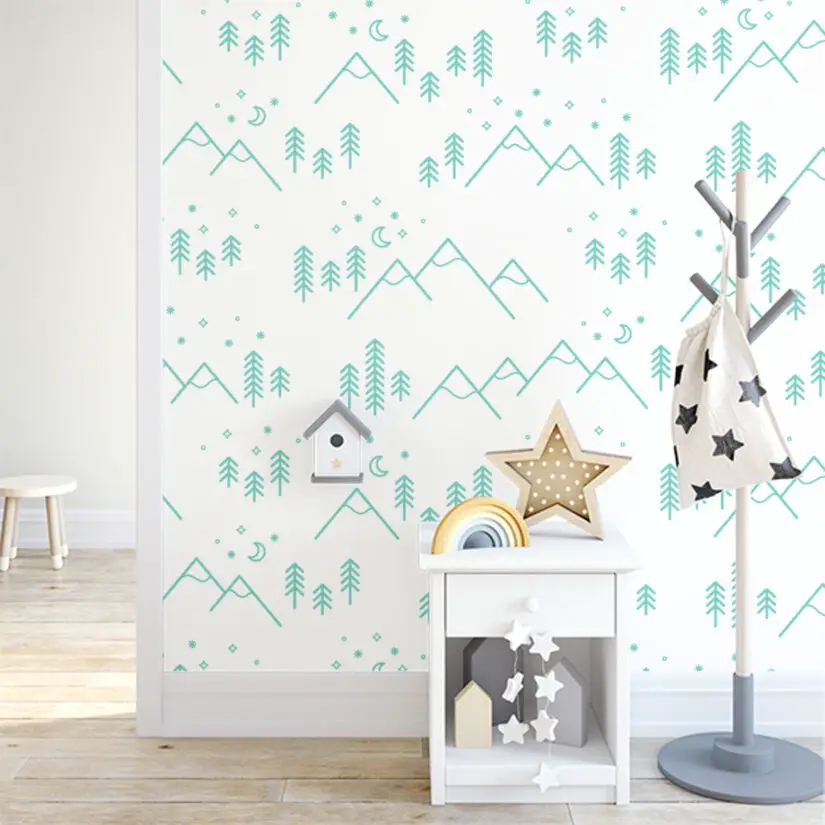A sliding patio door brings light to your home, and you get to enjoy an amazing scenic of your surrounding. During summer, they bring a cooling breeze through your home when open.
Yet, they do the direct opposite during winter and allow heat to escape and introduce drafts to your home. Hence, heat costs rise when sliding patio doors are not winterized.
To winterize a sliding patio door, follow these seven steps during winter for warmth and comfort.
1. Take out dirt and debris on the sliding door
It may sound obvious, but cleaning the patio doors will not only looks good but help in insulating your patio doors.
With patio doors outside, the wind blows, and tiny particles of dirt, sand, leaves, rubble, and paper often stick underneath the sliding door and accumulate. Moreover, lots of debris particles may hinder your door from closing well.
It won’t take much of your time to sweep underneath the sliding door at least once a week. The vacuum cleaner also comes in handy, and using it on your doors will get all dirt out and easy to slide.
2. Install new weather stripping
Weatherstrips seal your door when shut and need regular replacement. They attach between your door and the door frame. You can use different materials for striping, such as plastic vinyl, Foam tape,v strips, silicone, or felt. But, rubber stripping will not work well in places with extreme winter.
Check corner edges where stripping fits, close the patio door, and if the wind blows in, it’s time to change the strips. Experiment with the different types of striping to find the best fit for your door.
3. Install plastic insulation
If you live in areas with harsh winter seasons, more insulation to your sliding door will not only maintain heat in your home but also reduce unwanted drafts. The plastic film covers the glass on your patio door and will prevent your glass doors from sliding during those winter days.
The most common insulation on a budget is shrink wrap, and it is easy to install and available in most hardware stores.

4. Fitting insulated drapes
With glass being a poor conductor of heat, it is important to reduce drafts and heat loss from your house by adding insulated drapes. They are thermal lined thick and heavy-duty drapes fitted to cover your sliding door.
There is a huge variety of brands in the market for drapes. So, it is important to cross-check their buyer’s guide for the best fit for your home. Most preferred are cellular blinds, blackout curtains, or thermal curtains. Also, ensure to get a size that fits your patio door.
5. Install Rigid form panels
In some cases, areas with harsh winter can develop frost inside the insulated sliding door. Installation of rigid form panels will deter the frost around the glass.
Make a wooden frame to fit the exterior space of the patio door, ensuring it does not hinder the sliding options. The most preferred rigid panel has the highest R-value and a reflective foil on both sides.
6. Replace rubber seals
Rubbers seals endure wear and tear due friction of the door always sliding. The door can be a bit shaky and allow a cold breeze through when worn out.
Check the rubber seals often and replace them for firm sliding and a tighter grip that won’t allow heat escape.
Seals on patio doors are easy to remove; pinch from one edge of the sliding door frame and pull it all out. Next, place the new rubber seal, firmly ensuring the door slides in.
7. Replace old sliding patio door
Your patio door may sometimes be old or broken; maintaining and winterizing the door could be cost-inefficient. Instead, replacing it with a new sliding door could save cost in the long term and winterizing much better. Read more on how to replace the sliding patio door.
Benefits of winterizing a sliding patio door
- During winter, our homes need to be warm and cozy; although most people prefer heating, the energy cost can run up. However, when your sliding patio door is well insulated, the cost of energy goes low, saving you money.
- Proper insulation makes your patio door waterproof to reduce drafts going through the door. Yet, they allow heat to pass through, making your home cold, especially around the patio door.
- Winterizing a sliding patio door will give your home much-needed light during winter. Your house will no longer be chilly and uncomfortable.
Conclusion
We guarantee our steps above give you the best results, a great feeling leaving your home warm and cozy.
Winterizing a sliding patio door will, in the long run, protect your door for it to be long-lasting. Finally, ensure you have the right measurement of your sliding patio door and glass before buying any buy.






